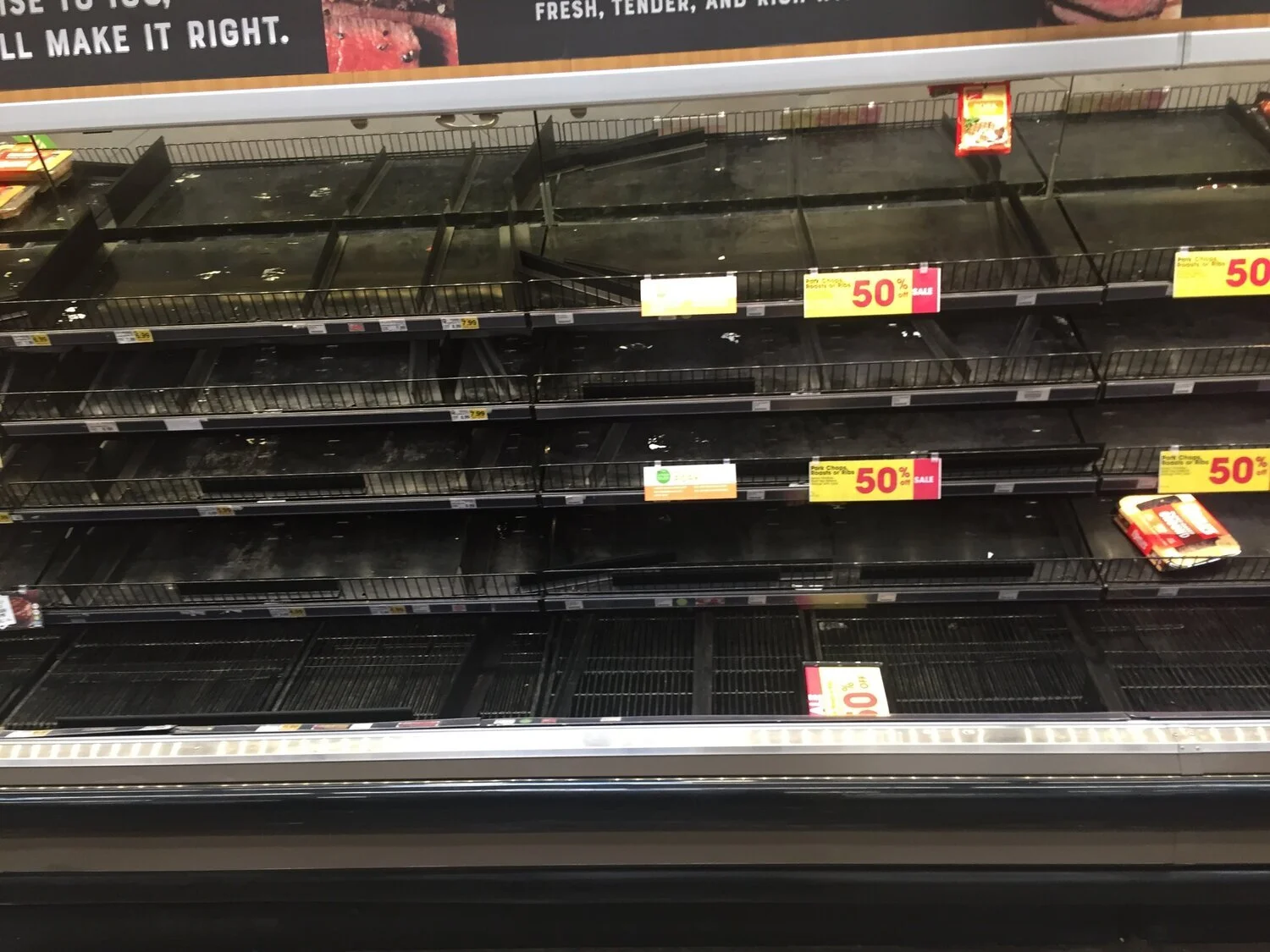COVID-19 is a logistical nightmare. Aside from the fumbling attempts to track, manage, and deliver healthcare to those who need it, the current crisis has also exposed us to the fragile nature of the supply chains that most of us depend on for goods like toilet paper and hand sanitizer. It turns out that our healthcare system has much more in common with retailers like Walmart and Amazon, who are now scrambling to restock their shelves in the wake of panic buying.
Sorry, no longer in stock.
Medical providers are bracing themselves for the grim prospect of empty supply shelves and inadequate equipment. How could this happen? It turns out that our healthcare system has adopted many of the same just-in-time business models used by retailers and manufacturers. Providers have done so because just-in-time systems have enabled them to doggedly pursue efficiencies by reducing labor costs, streamlining supply chains and reducing inventory. Hospitals in particular have adopted data-driven logistics algorithms to decide staff scheduling, how many hospital beds should be available, and how many medical supplies to have on hand.
This just-in-time healthcare model depends on cutting costs at every corner in order to improve the bottom line. The fact that we may run out of protective equipment for hospital staff and ventilators for sick patients is part of how the system operates. As Maggie Koerth from fivethirtyeight.com recently noted, "We have this healthcare system that is operating with no real margin for extra beds and extra supplies."
Consequently, when we think about risk for COVID 19 a big part of the story that must not be ignored is the role that our market-based healthcare system has played in producing vulnerability.

